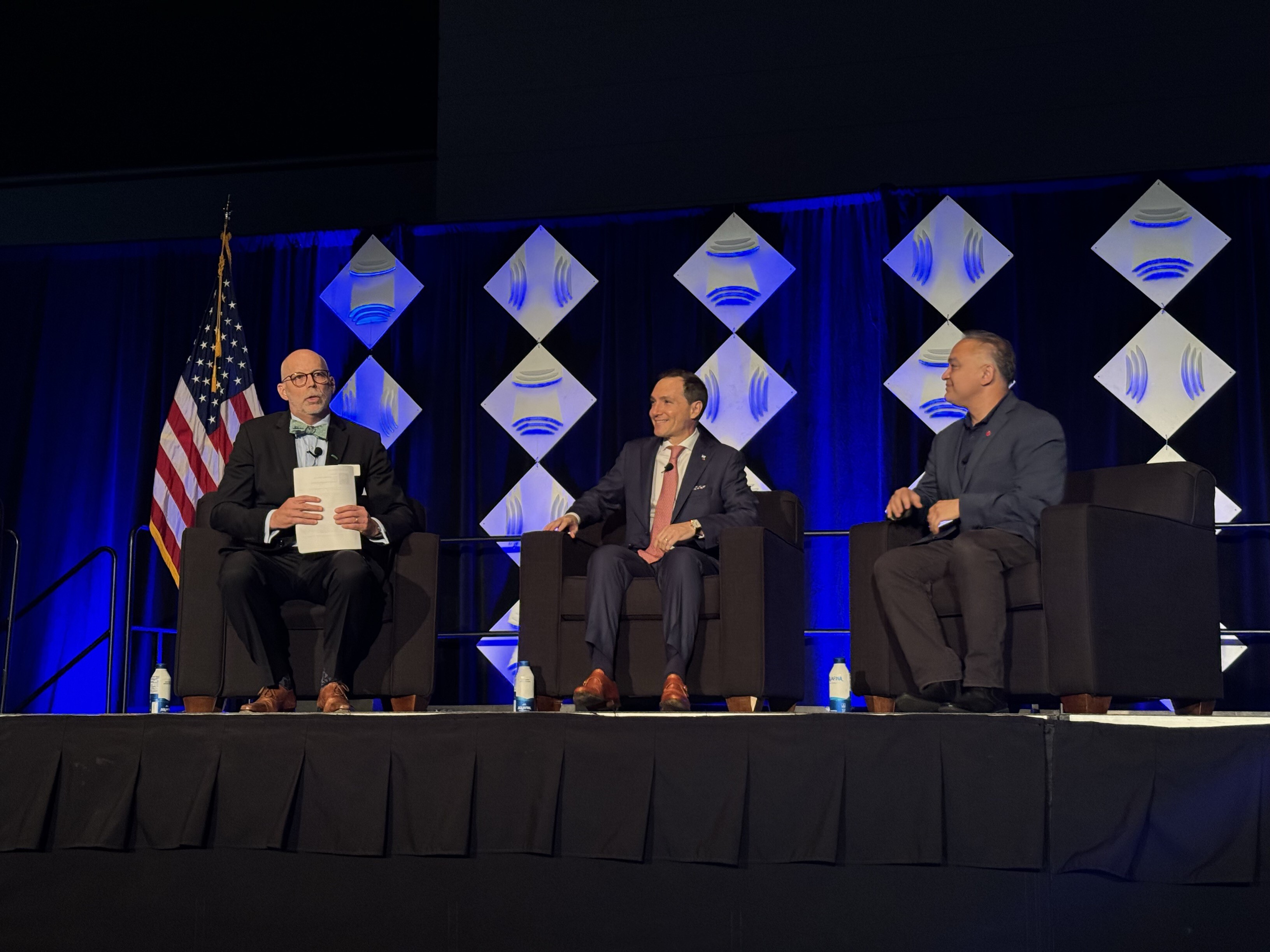Defrosting Foods
Preparing dinner shouldn’t be a high-risk activity. Unfortunately, improper handling of frozen foods can pose a potential health risk to you and your guests.
When thawing frozen foods, make sure that the internal temperature of the food never gets into the “danger zone” of 40º F and 140º F. If it does, bacteria that cause foodborne illness can multiply extremely rapidly. Food should never be thawed at room temperature because the outer surface could easily warm to above 40º F while the center remains frozen.
There are three ways to safely defrost foods:
Option I: The Refrigerator Method
This method involves placing a wrapped food item in a pan on the bottom shelf of the refrigerator away from other foods. Placing the food in a pan is important to prevent potential cross contamination from drippings as the product thaws.
Thawing this way can take several hours, so advance planning is necessary. For example, a large turkey can take three to four days to completely thaw in the refrigerator. Plan on a thawing time of four to five hours per pound for most foods when using this method.
Option II: The Cold Water Method
A second way to safely thaw foods is to place a securely wrapped package of frozen food in a pan of cold water, changing the water approximately every 30 minutes. Continue the process until the food has thawed, which takes about 30 minutes per pound. Use this method only if you plan to cook the food immediately after thawing.
Option III: The Microwave Method
Frozen foods can also be thawed in a microwave if you plan to cook the food immediately. Check your owner's manual for the minutes per pound and power level to use for thawing various types of foods. Be sure to rotate the food regularly to ensure even thawing. Any uncooked frozen foods thawed in a microwave must be cooked immediately.
Cooking from a Frozen State
If there isn’t time to defrost, most foods can be cooked from the frozen state. If you cook food that is fully or partially frozen at the start, be sure to extend your cooking time to compensate and use a certified food thermometer to verify that the food has been cooked to a proper internal temperature throughout. Frozen foods can take up to 50 percent longer to cook than the thawed version of the same food.
How NSF Can Help You
Get in touch to find out how we can help you and your business thrive.

What’s New with NSF

NSF Shanghai Named Critical Site for NSF/ANSI 455 and NSF/ANSI 173 by ANSI National Accreditation Board
July 26, 2024
NSF Takes Center Stage at NEHA Annual Education Conference
July 25, 2024
NSF Asia Pacific Showcases Hospitality Solutions at THAIFEX HOREC Asia 2024 in Bangkok, Thailand
July 4, 2024